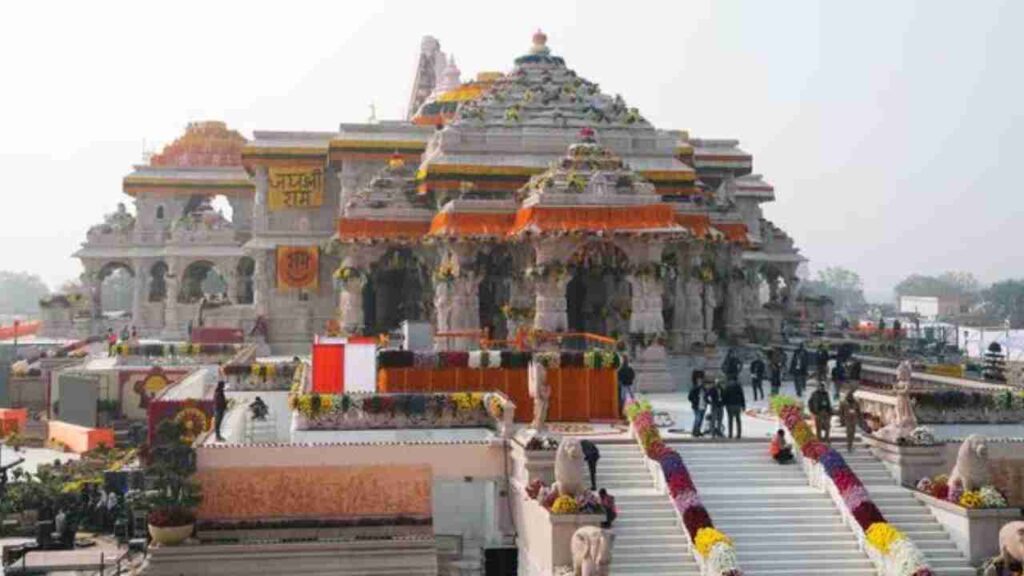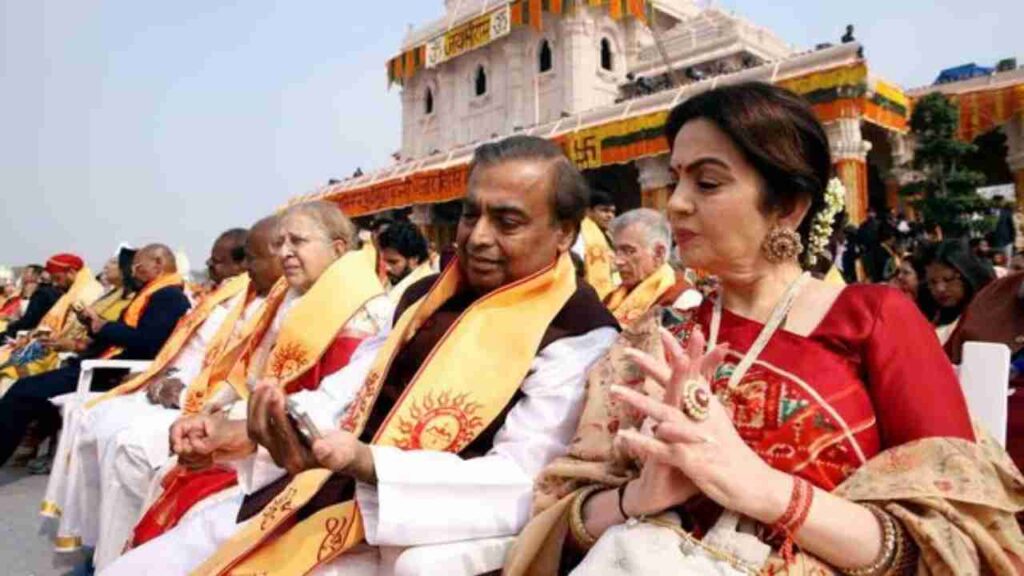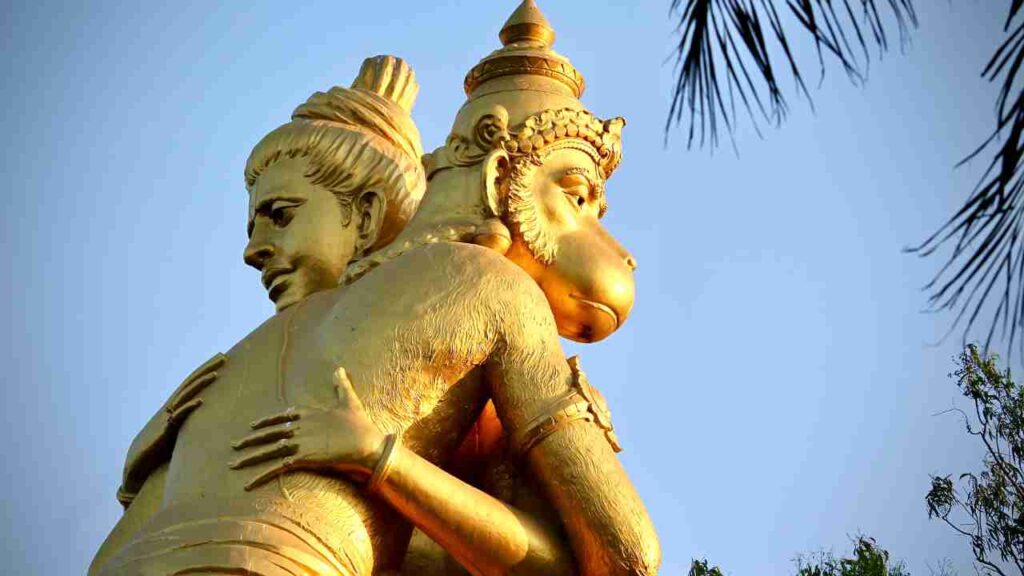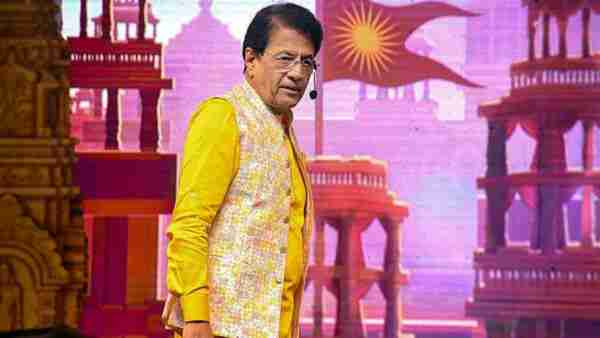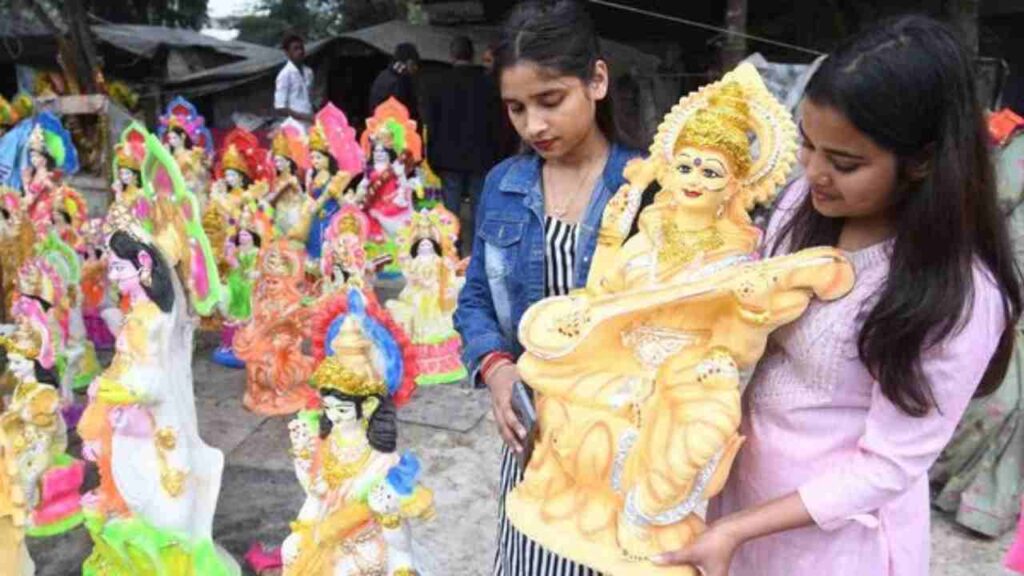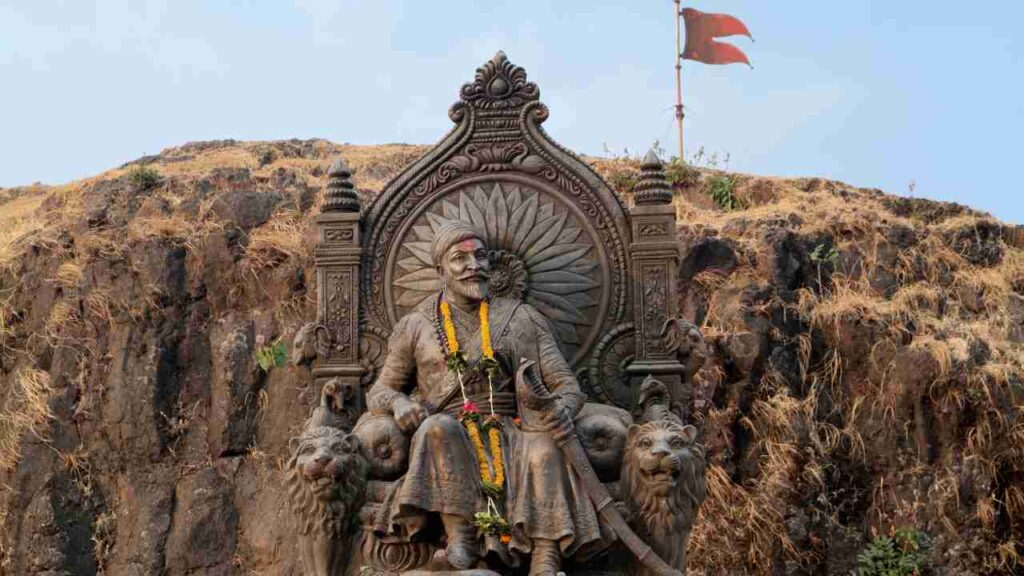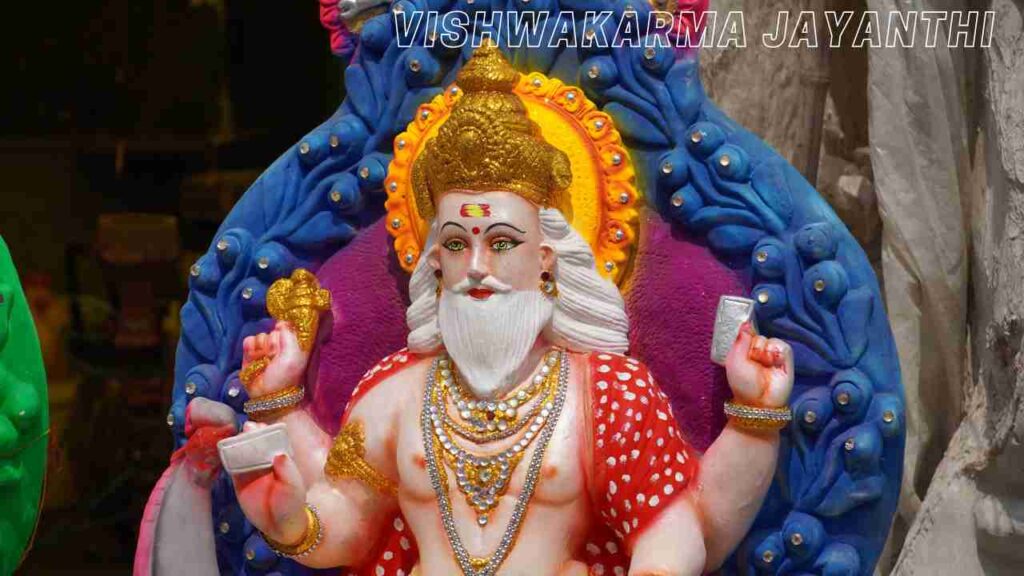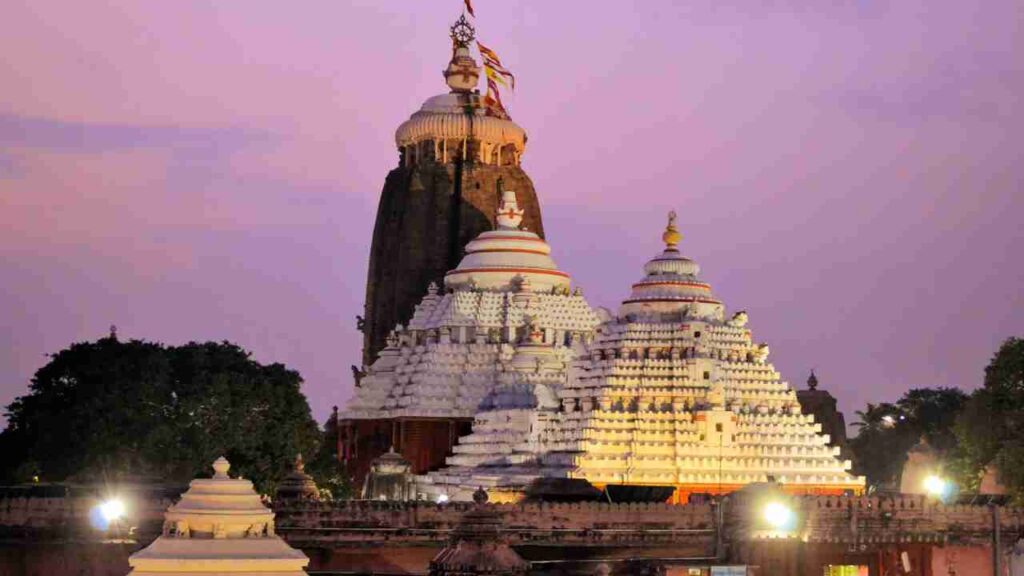Ayodhya’s Enduring Connection with Korea Through Queen Heo Hwang-ok
Ayodhya’s Enduring Connection with Korea : Nestled in the historic city of Ayodhya, where tales of antiquity echo through the gentle winds, an extraordinary and profound connection blossoms between the realms of India and South Korea. This intricate cultural tapestry is intricately woven around the legendary figure of Queen Heo Hwang-ok, known affectionately as Suriratna, whose awe-inspiring journey from Ayodhya to Korea, nearly two millennia ago, serves as the bedrock of an unspoken yet resilient bond between these two nations. As we delve into this rich historical narrative, we uncover the threads that bind India and South Korea in a tapestry of shared heritage, deep-rooted traditions, and an enduring cultural reverence.

Legend of Suriratna:
The captivating legend unfolds with the tale of a young princess, Suriratna, hailing from the ancient city of Ayodhya. According to Korean lore, this teenage princess embarked on a maritime odyssey, traversing 4,500 kilometers across the vast ocean to unite with King Kim Suro in Korea. Undergoing a transformative journey, Suriratna became Queen Heo Hwang-ok, playing a pivotal role in the establishment of the Gaya Kingdom in Korea. While this narrative may be lesser-known in India, it resonates profoundly in Korea, where more than 60 lakh people proudly identify themselves as descendants of Suriratna.
Ayodhya as Maternal Home:
For the descendants of Suriratna, Ayodhya is not just a city but a cherished “grandmother’s home.” Kim Chil-su, the secretary general of the Central Karak Clan Society, eloquently expresses the sentimental attachment that members of the Karak clan feel towards Ayodhya. The emotional resonance of this connection serves as a poignant reminder of the enduring ties that transcend geographical boundaries.
ALSO READ : Ayodhya Ram Mandir Pran Pratishtha : A Historic Milestone Unfolds
Queen Heo Memorial Park:
In 2001, to immortalize the legacy of Queen Heo Hwang-ok, the Queen Heo Memorial Park emerged as a testament to the shared history between Ayodhya and Korea. Spanning a generous 2,000 square meters, the park boasts a serene meditation hall, pavilions dedicated to the queen and king, meandering pathways, a tranquil fountain, and captivating murals. The pavilions, constructed in the distinctive Korean architectural style with tiled sloping roofs, stand as physical embodiments of the enduring cultural exchange between the two regions.
Diplomatic and Cultural Recognition:
The historical ties between Ayodhya and Korea have not gone unnoticed on the diplomatic stage. In 2015, Prime Minister Narendra Modi and former South Korean President Moon Jae-in joined hands in signing a Memorandum of Understanding (MoU), affirming their commitment to the expansion of the memorial. This diplomatic gesture underscored the shared dedication to fostering and fortifying cultural ties between the two nations.
In 2018, the cultural recognition reached new heights when South Korean First Lady Kim Jung-sook graced the inauguration of the beautification efforts at the Queen Heo Memorial Park. Her presence served as a powerful affirmation of the continued significance of the cultural bond shared by Ayodhya and Korea. Subsequently, the issuance of commemorative postage stamps in 2019 added an official stamp of acknowledgment to the importance of Queen Heo Hwang-ok in the shared history of these two nations.
Literary Contributions:
Diplomat N Parthasarathi, who served as India’s ambassador to South Korea, further enriched the cultural exchange by penning a novel inspired by Suriratna’s life. Titled “The Legend of Ayodhya Princess in Korea,” this literary work transcended linguistic barriers, offering a narrative bridge between the two cultures. Translated into Korean as “Bi Dan Hwang Hoo,” or Silk Princess, the novel found its way to Seoul, where it was published. This literary endeavor played a pivotal role in making the legend accessible to a broader audience, fostering a deeper understanding of the shared cultural heritage.
Conclusion: Ayodhya’s Enduring Connection with Korea
As descendants of Suriratna eagerly anticipate pilgrimages to Ayodhya, drawn by the allure of witnessing the grandeur of the new Ram temple, the cultural threads binding Ayodhya and Korea stand resilient. The enduring legacy of Queen Heo Hwang-ok transcends the pages of legend, emerging as a living testament to the shared history and cultural ties that transcend the constraints of time and borders. What began as a fable now echoes through the realms of a vibrant and living heritage, weaving an intricate tapestry that binds Ayodhya and Korea in a celebration of their shared past and an unwavering hope for a harmonious future.




